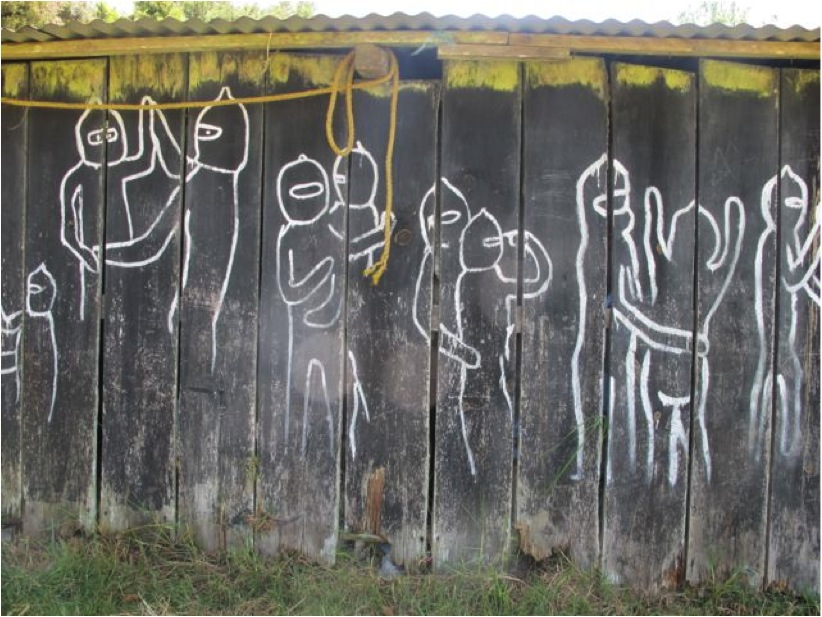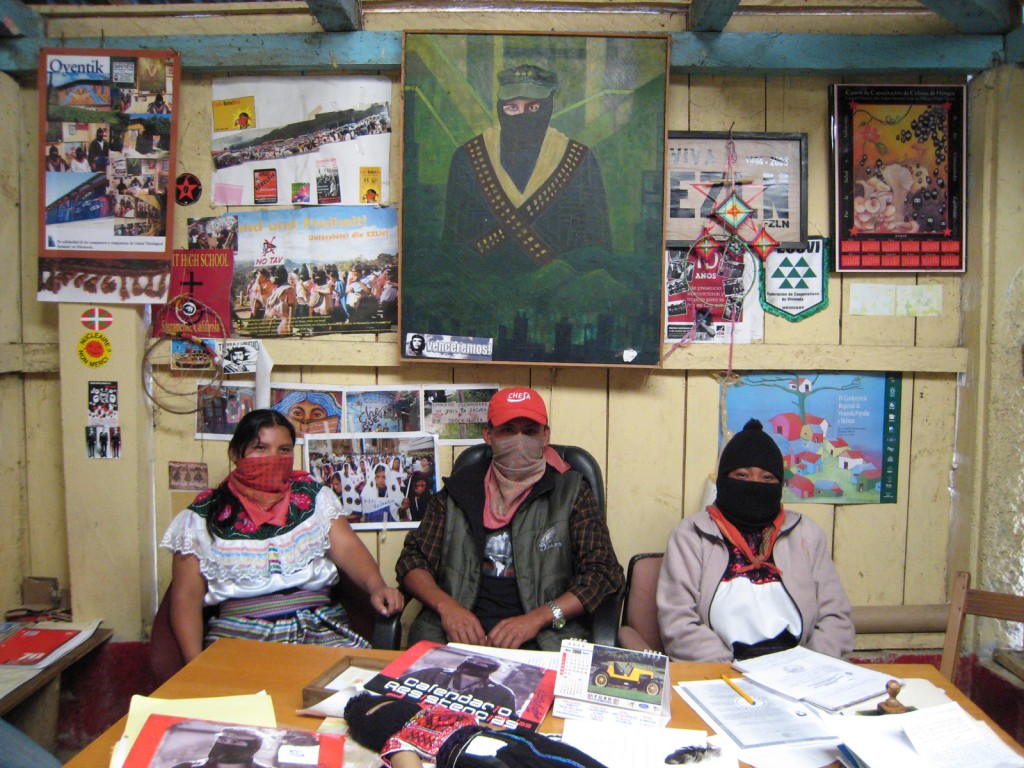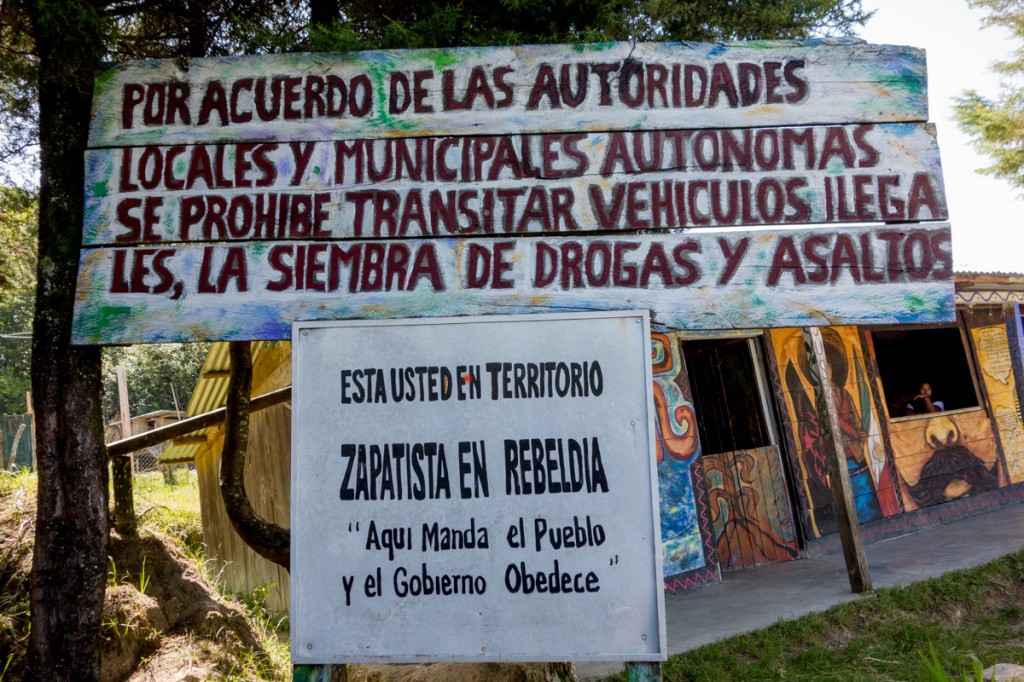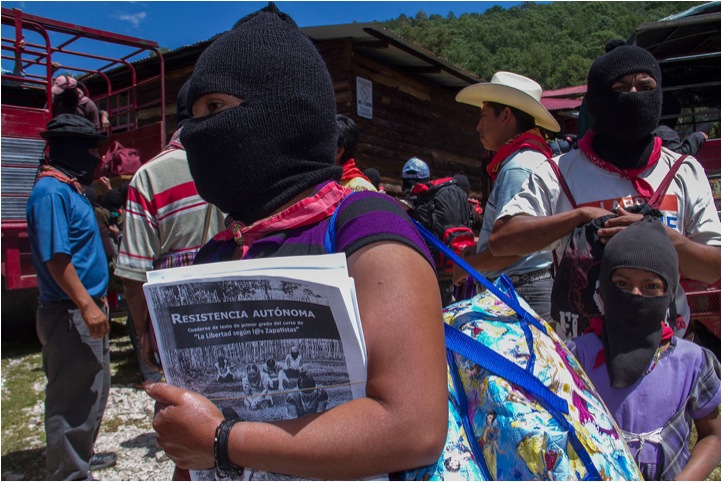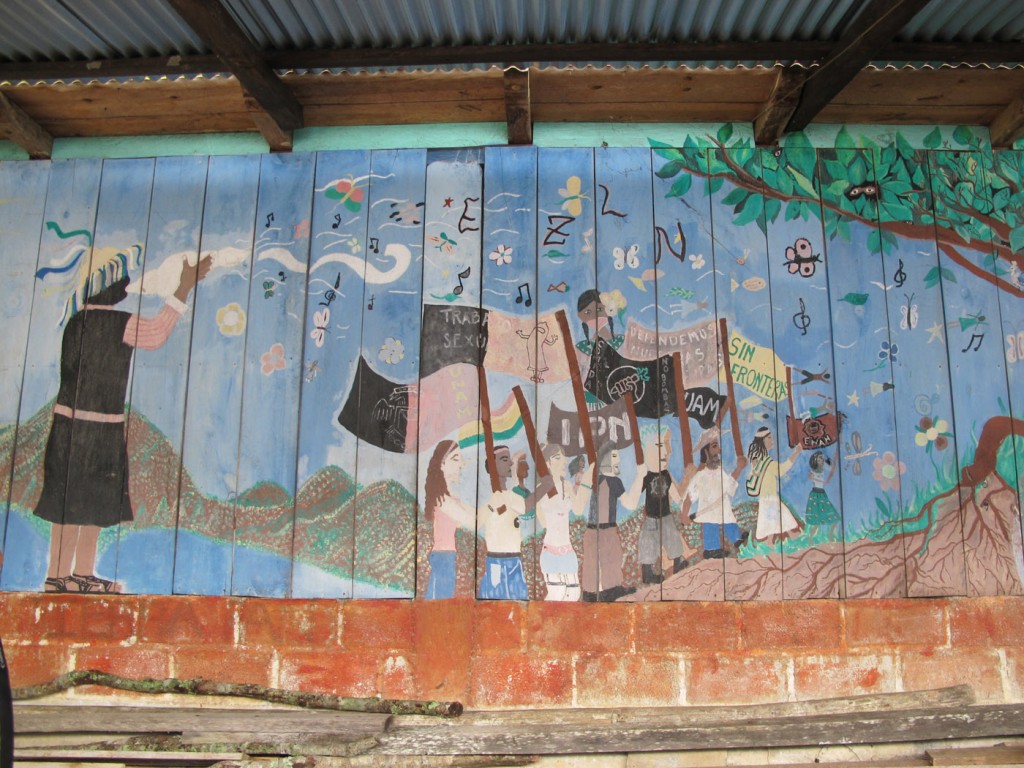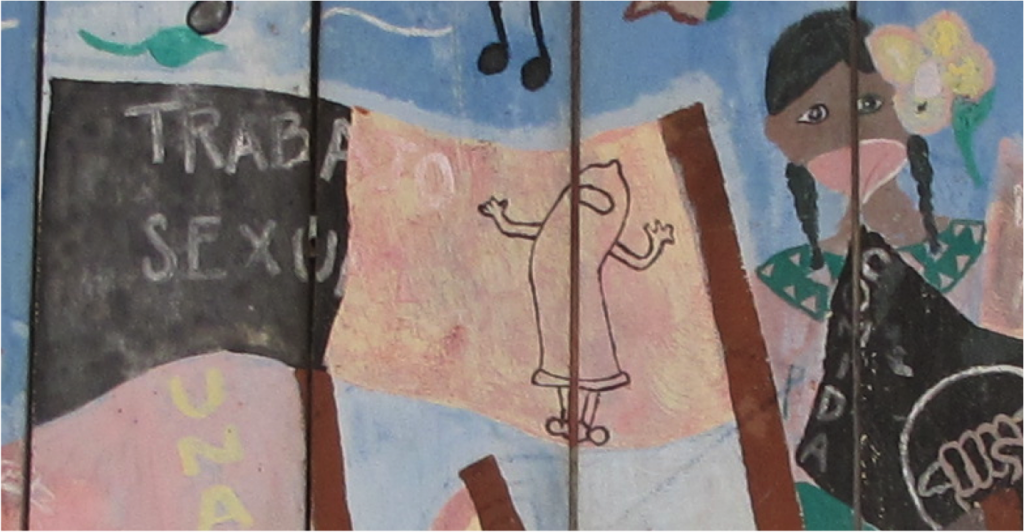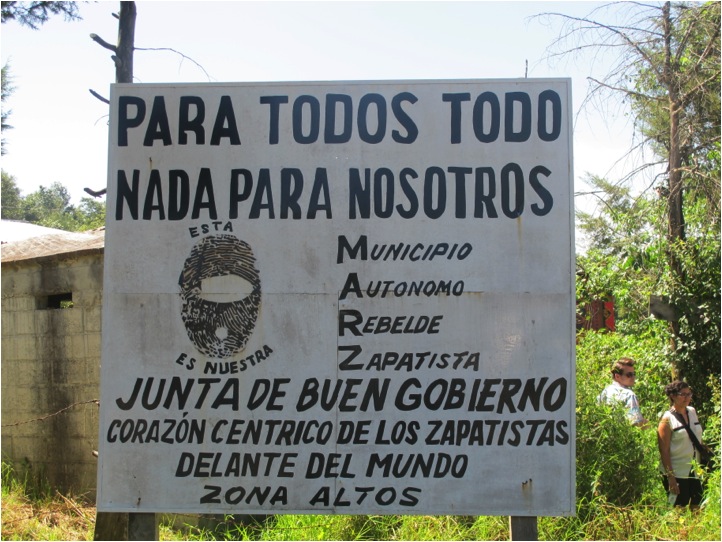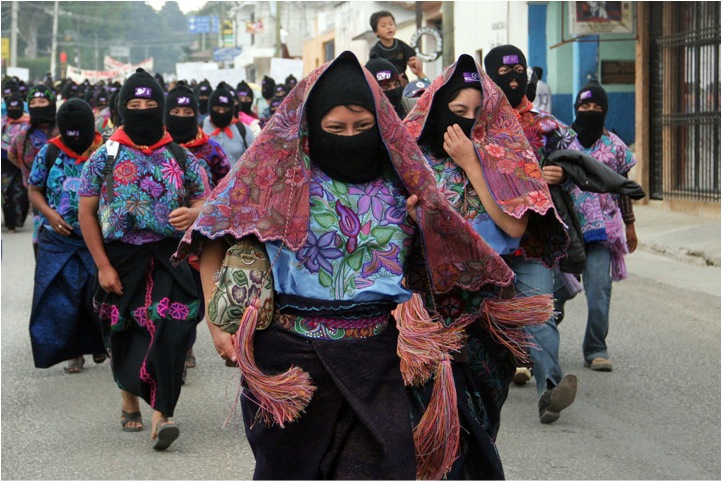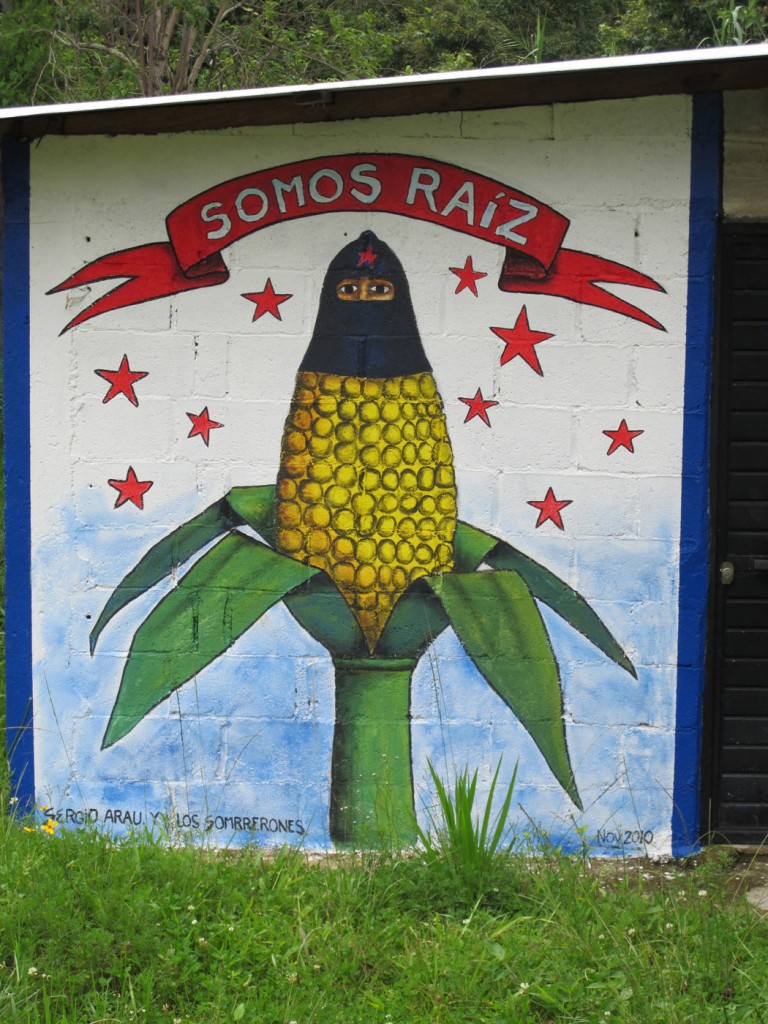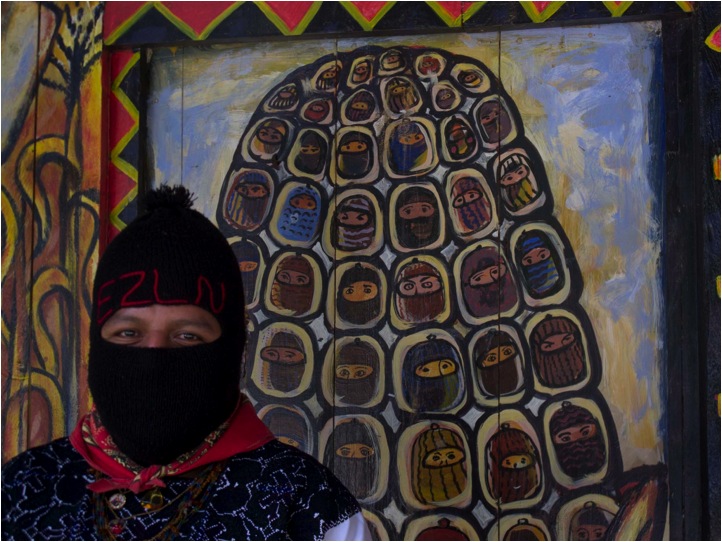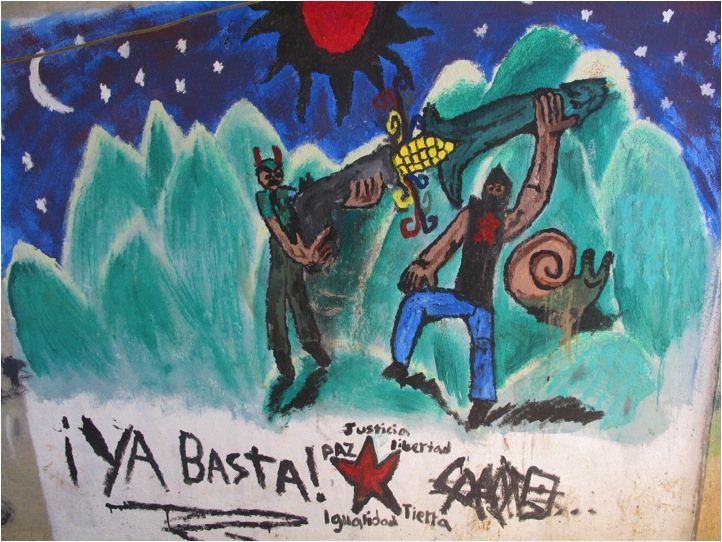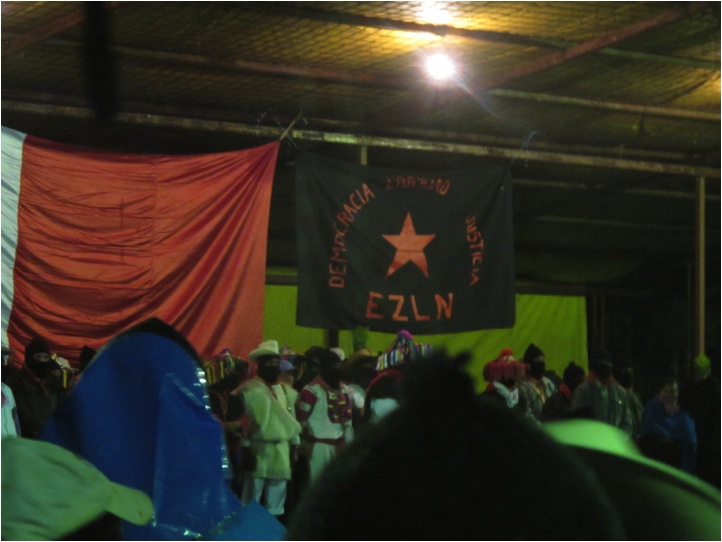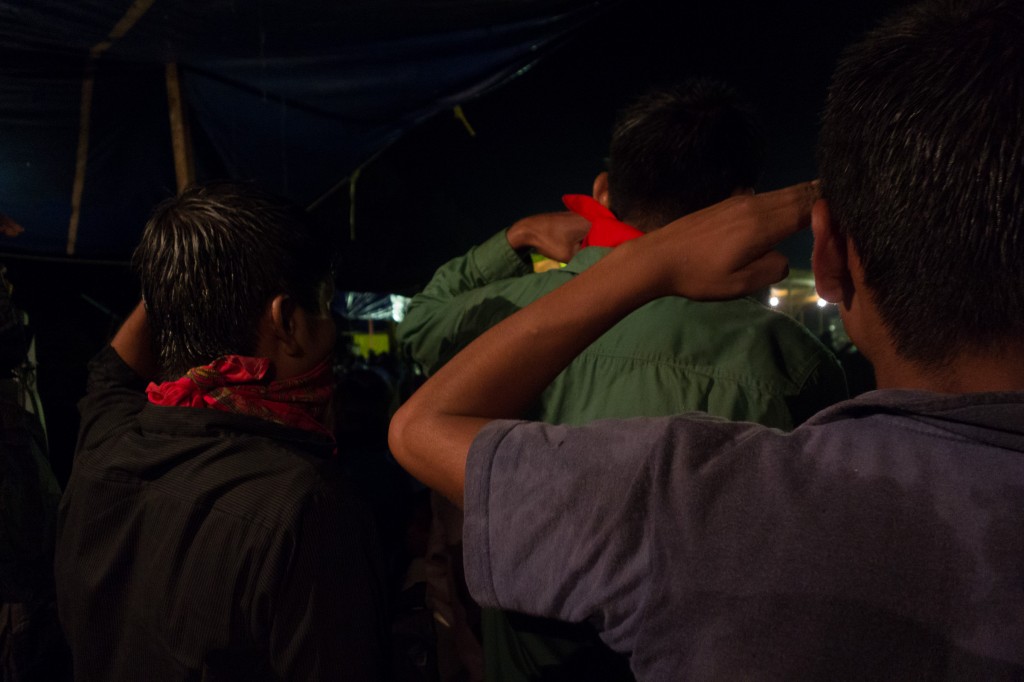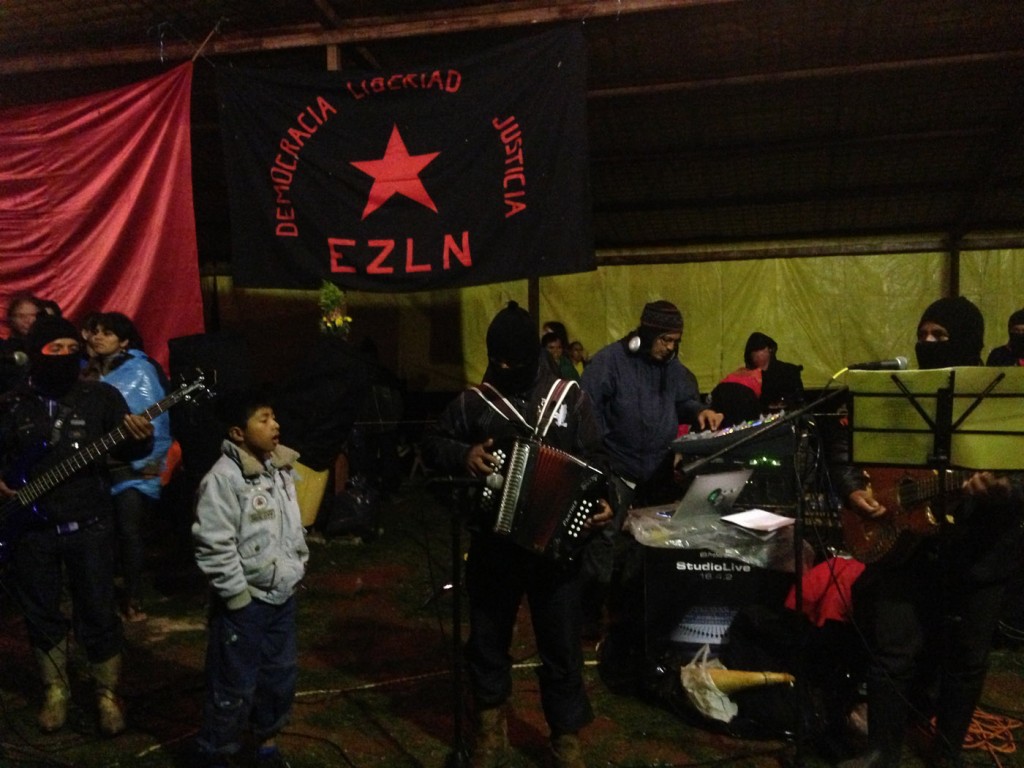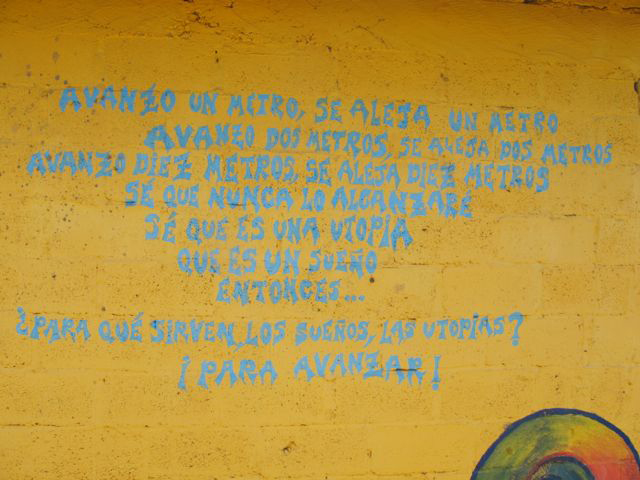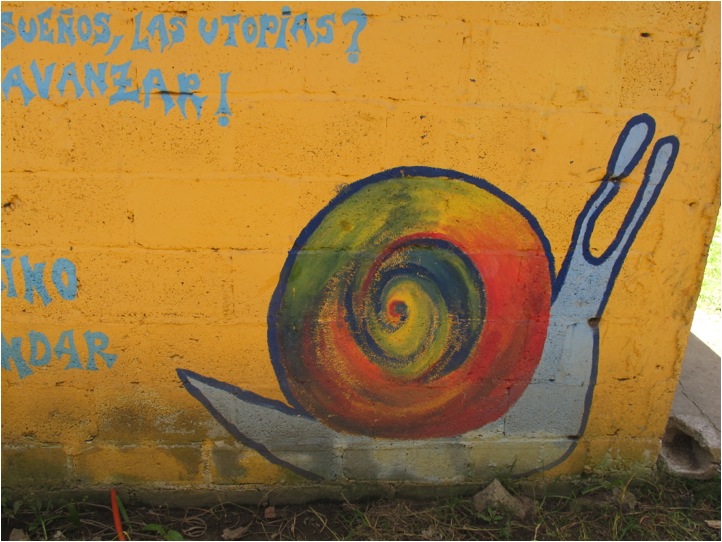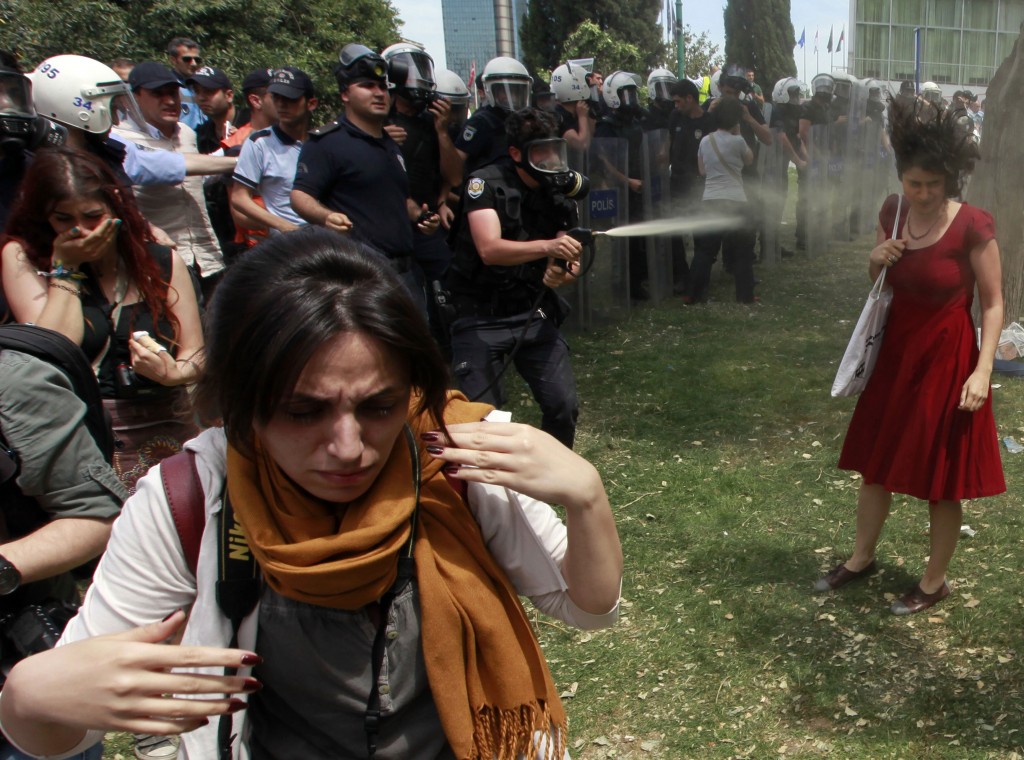“When are you going to stop considering that the weakness and the mistakes of others [condone and] account for your own prerogatives?”
—Ghassan Khanafani, “Returning to Haifa”
Qualifying Times
Qualifying times—for example, as “vulnerable times”—implies, among other things, an effort to demarcate an era, our era, from a previous one, but also to call our attention to the era’s duration. Epochal vulnerability, although often unendurable, is produced simultaneously as durable and endurable. Making the unendurable both durable and endurable is the essence of regime-made disasters.1 The framework of our conversation today, as I understand it, is an expression of the effort to point to a state of affairs that is overwhelmingly and rapidly deteriorating, as well as an effort to instill a sense of urgency, by qualifying a historical time with the same adjective that for the last decade and a half has been applied to so many things in our lives—from workers’ living conditions to the environment.
Two configurations of time are implied here, both anticipating the future:
- constant escalation: predicting that the future emanates from the present; that, in comparison with it, the morrow can only be worse; and that intervention in the course of that morrow is doomed to fail
- terminability of the actual present and insistence on the structural openness of the future, on its indeterminability and malleability, as a way to valorize human agency and the capacity to generate change and imagine a different state of affairs
If we consider that such hope for change is no less recursive than this type of qualifying times2—a recurring eruption of hope that mirrors the recurring failure to bring about change—the two configurations of time may not be that different. Both are expressions of a dead end for action under the current political regimes. The anticipated future, the desired new beginning that may or may not be achieved, traps us in a sovereign time, the temporality of a new, self-constituted beginning that institutes its power and authority as a fait accompli by making the past experiences of the governed population politically obsolete. The necessary—though insufficient—condition for change is the reversal of the arrow of time to make the past a point of departure for any discussion of the present, as a way to address the outcomes of modern times and modern sovereignty that were shaped by colonialism and made possible by the legalized theft of land, property, bodies, and the past of the governed population.
When we ask whether our times really are more vulnerable now than they were before, the answer is not evident. A few years ago, challenged by Hannah Arendt’s Origins of Totalitarianism, I tried to analyze and frame separately many of the elements of the political regimes Arendt described, and then I reassembled them for display in a museum. The result was the Museum of Regime-Made Disasters.
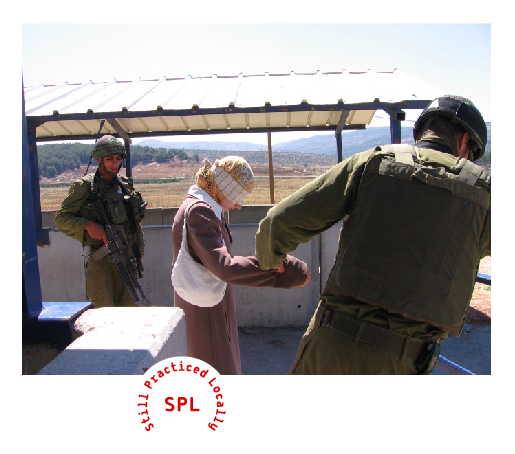
Every object in it was in fact a record of vulnerability. The abundance of precedents coming from many corners of the colonial world and their recurrence outside and independent of the political regime that first used them demonstrate that all those regimes have a blueprint in common, a blueprint that should be sought and understood. It consists, I believe, of the existence and reproduction of a differential body politic that is made up of distinct groups that are ruled differently and creates differential vulnerability among the governed population.
The differential body politic has lasted long enough to make us forget its historical contingency and the fact that it reflects not the nature of a political regime but rather a specific historical formation of it. The only way to imagine an escape from the dead end created by those omnipresent differential sovereign regimes is to open the past and reclaim past experiences shut off by the temporality of the “new beginning” imposed by the sovereign power. Sovereign temporality has excluded forms of slowing down, redistribution, reparation, amendment, compensation, and restructuring of the discrete body politic and its relation with others.
Such opening and the potential histories it enables would help us imagine a new civil contract with all those who fell victim to—or are descendants of victims of—the great colonial theft. That theft is so often ignored today, along with the vulnerable bodies and precarious lives of past generations whose consent was never sought and whose ruin we have inherited.
Perpetrators and Victims
Pointing the arrow of time back does not mean looking for a single origin of the many kinds of sovereign regimes that practice differential ruling. It is rather a search for several historical moments in which violence was used to rule people differentially and oppress their resistance, in which violence was politically consolidated or reconsolidated, reaffirmed, and acknowledged as legitimate rule. In the past few years, I have been working on two such moments: the French Revolution and the transformation of Palestine into Israel. Different as they may be, these are two moments of constitutive violence in which a regime of differential rule was established. My first assumption has been that in both moments, dispossession and the creation of new subjects of oppression were accompanied by the shaping of other subjects as perpetrators. Thus the formation of a class of victims went with the formation of a class of perpetrators. My second assumption, implied by the first, is that perpetrators are not born but made. Isolating victims and their vulnerability is therefore problematic, not because it is the history of others that we are not allowed to narrate so as to give a voice to the oppressed but because the oppressed do not have a history apart from our own—apart from my own. In this history, we citizens—and I—are perpetrators, descendants and heirs of perpetrators; in this history, we—and I—were made perpetrators, inherited, naturalized, and transmitted modes of perpetration.
I articulate this with the help of Olympe de Gouges, an eighteenth-century French philosopher, and Ghassan Khanafani, a modern-day Palestinian writer. Almost four years after Louis XVI was dethroned, the men elected to the General Assembly decided to vote on executing the king. The General Assembly was the product of a new form of differential body politic, from which women, the poor, and the black were excluded already in August 1789. Shortly before the vote, de Gouges published a speech in defense of the king. She acknowledged his crimes but argued that the fault of monarchy should not be attributed solely to the monarch: “His ancestors served a draught of ills to France; unfortunately for him, the cup broke in his hands and spilled onto his head.” The fault of monarchy lies also with “our ancestors,” who for centuries recognized monarchy as legitimate power. “We should not punish him, for the ignorance of our ancestors and the crimes of his ancestors. . . . Beheading a king does not suffice to kill him—he lives long after his death, but if he survives the downfall of monarchy, he is truly dead.”3 Understanding that even monarchy is a political regime that should be understood as a complex of relations among the entire body politic, she proposed a different social contract, one that would reject sovereignty’s right to take lives and close off the past. In this civil contract, the king would be allowed to live and have the chance to learn how to live among his people without occupying further the position of a perpetrator, while the recently emancipated, though free to take his life, would have the chance not to become perpetrators themselves.
Khanafani’s novella “Returning to Haifa” is set in 1967, when Palestinian refugees living in the territories newly occupied by Israel were allowed to visit the places from which they had been expelled in 1948. Sa’id and Safiyya, a Palestinian couple, visit the home in Haifa that had been theirs. Miriam, a Holocaust survivor and now a Jewish Israeli citizen who lives in their house, lets them in. She moved there with her husband shortly after the Palestinian couple was uprooted and expelled. Sa’id and Safiyya have come to Haifa hoping to learn about their child, Khaldun, whom they left at home that April morning in 1948, not realizing that neither of them would be able to return. The abandoned baby was adopted by Miriam and her husband, who gave him a Hebrew name—Dov. Toward midnight, Dov enters the house, wearing his Israeli army uniform. When he is told that these unexpected guests are his biological parents, he responds with anger. He blames them for leaving Haifa and being responsible for their own plight: “You’re all weak! Weak! You’re bound by heavy chains of backwardness and paralysis!” (185).
After a moment of shock, his biological father collects himself and speaks to Dov, not to refute the accusation that the Palestinians are weak but to resist a civil contract founded on abuse of the weak by the strong. Sa’id urges Dov to recognize the right not to abuse others, the right not to become a perpetrator, even if becoming a perpetrator is precisely what is being expected of him. Sa’id says:
My wife asks if the fact that we’re cowards gives you the right to be this way. As you can see, she innocently recognizes that we were cowards. From that standpoint you are correct. But that doesn’t justify anything for you. Two wrongs do not make a right. If that were the case, then what happened to Iphrat and Miriam in Auschwitz was right. When are you4 going to stop considering that the weakness and the mistakes of others [condone and] account for your own prerogatives? . . . I know that one day you will realize these things, and you’ll realize that the greatest crime any human being can commit, whoever he may be, is to believe even for one moment that the weakness and mistakes of others give him the right to exist at their expense and justify his own mistakes and crimes. (185–86)
Had Dov exercised the right not to become a perpetrator, he would have renewed the failed efforts of his adoptive Jewish mother to do the same in 1948, when, for a brief moment, she tried to abstain from taking part in the dispossession and expulsion of her Palestinian neighbors.
Although failed, these moments are part of what has prevented sovereigns from totally consolidating the past as a fait accompli. They should be read as a legacy that we today can use, and should use, to exercise the right not to be perpetrators.
Notes
On regime-made disaster, see Azoulay. ↩
As an earlier example, see Arendt’s use of the notion “dark times” (Men). It is parallel to her constant effort to imagine the human capacity to bring about a new beginning and to act even though theoreticians of revolutions speak about the decreasing chances of revolution as the “destructive capacities of weapons at the unique disposition of governments” (On Violence 47). ↩
These quotations are from an unpublished translation by Michael Sawyer. For the original text, see Gouges 191–94. ↩
Karen E. Riley, the translator of Khanafani’s novella into English, emphasizes that the “you” in this sentence is in the plural. Thus, she argues, Sa’id addresses here not only Dov but also the Israeli Jews as a group (Khanafani 196). ↩
Works Cited
Arendt, Hannah. Men in Dark Times. New York: Mariner, 1970. Print.
———. On Violence. San Diego: Harcourt, 1969. Print.
———. The Origins of Totalitarianism. San Diego: Harcourt, 1976. Print.
Azoulay, Ariella. “A Tour of the Museum of Regime-Made Disasters.” Trans. Tal Haran. Humanity 4.3 (2013): 345–63. Print.
Gouges, Olympe de. Écrits politiques, 1792–1793. Paris: Indigo, 2007. Print. Des femmes dans l’histoire.
Khanafani, Ghassan. Palestine’s Children: “Returning to Haifa” and Other Stories. Trans. Barbara Harlow and Karen E. Riley. Boulder: Rienner, 2000. Print.
Posted March 2014
